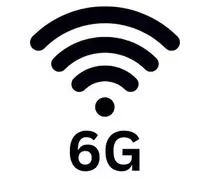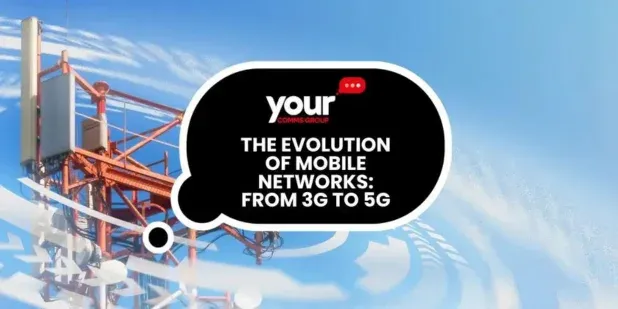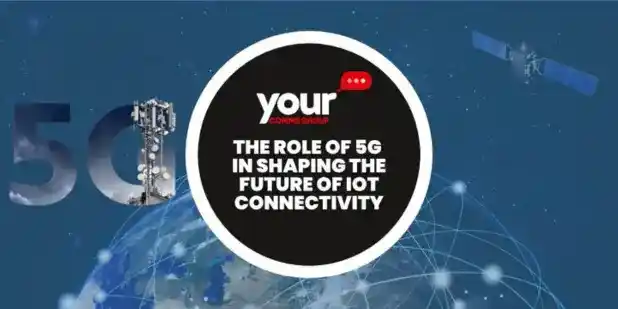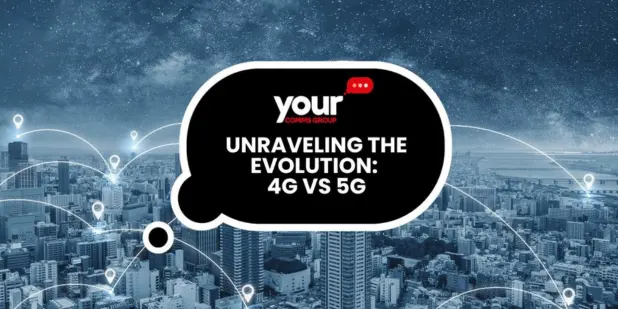The Evolution of Mobile Networks: From 3G to 5G
The world of mobile networks has witnessed a remarkable transformation over the past two decades. From the introduction of 3G (Third Generation) to...

At the time of writing, we are less than three months on from the launch of the Samsung S20 – the very first all-5G smartphone. Yet even though we’ve seen just a fraction of technological capability of the 5G network, some industry figures are already have their eye on the end of the decade.
Within the last few days Nokia CEO Pekka Lundmark admitted that he expects 6G mobile networks to be up and running before 2030 – but added that he doesn’t expect 5G’s successor to be accessed by smartphones.
Instead, he says he believes consumers will access the next generation networks through wearable tech – in all likelihood, he said, by smart glasses or other face-wear.
He’s not alone in that view, either. In fact, much of the mobile technology sector predicts that the next eight years could well be the trusty mobile phone’s swansong, as the real-life opportunities provided by 5G exponentially drives hardware innovation.
If that is the case, and if you take Apple’s 2007 iPhone as the first true realisation of a commercially available internet-enabled mobile device, it will effectively bring the smartphone era to an end after a surprisingly short 20-year lifecycle.
By contrast, that is just two thirds of the video cassette recorder’s lifecycle – proof, should we need it, that with rapid innovation comes equally rapid redundancy.
Lundmark was part of a panel at the World Economic Forum in Davos on June 21st when he made the comment, and his timeline for the launch of 6G dovetails with Huawei’s assessment of when the technology will be available to the market.
With sector giants Meta, Google, and Microsoft all now working feverishly on bringing augmented reality headsets to the mass market, and Meta putting all its eggs into the Metaverse basket which it expects to deliver around the same time, there is certainly enough tangible evidence to believe Lundmark has good reason to take the view he has.
“By then, definitely the smartphone as we know it today will not anymore be the most common interface. Many of these things will be built directly into our bodies,” he is reported as having said.
He didn’t specify what he was referring to and wouldn’t be drawn further on the subject, most observers took the comment to be an oblique reference to Elon Musk’s Neuralink project which is actively working on producing electronic devices that can be implanted in the human brain with the ability to communicate with machines and other people.
At the more rudimentary end of the scale, the Neuralink project aims to implant chips into people’s fingers which can then be used for biometric tasks such as unlocking doors.
Of course, this is all hypothesis since no one yet knows what the exact definition of 6G is likely to be, and 5G and the realistic opportunities it will bring is still in infancy.
Lundmark went on to say that he believes that by 2030 there will also be a digital twin of everything that will require “massive computational resources”, creating demand for networks to be at least 100 times and possibly 1000 times faster than they are today.
Sitting here in 2022, when ‘copper wire’ networks still leave vast parts of the world digitally disenfranchised, it’s hard to be anything other than sceptical about claims that 1000 times faster networks will be the technological norm less than a decade from now, or that man and machine will have begun a process of physical merger.
For many, that may well present a terrifying prospect. But it will only take evolution at a fraction of that scale to fundamentally change the way in which the world exists and does business.
However, whether you believe them or not, Lundmark’s comments, and those of Google CFO Ruth Porat, who believes augmented reality will be able to help solve Earth’s real-world problems, do serve to send a very clear message to businesses that expect technology to drive future growth and profit.
That message is that innovation is accelerating rapidly and the time available for businesses to plan for the changes technological evolution brings is shrinking with every innovation.
It’s the equivalent of standing in a railway tunnel and watching the headlights of a locomotive hurtling towards you. Ignore it at your peril.

The world of mobile networks has witnessed a remarkable transformation over the past two decades. From the introduction of 3G (Third Generation) to...

The pace of technological evolution is currently unmatched, and one of the most groundbreaking advancements in recent times is the merging of 5G and...

In the contemporary, rapidly changing landscape of business and technology, maintaining connectivity is of paramount importance. The progression of ...